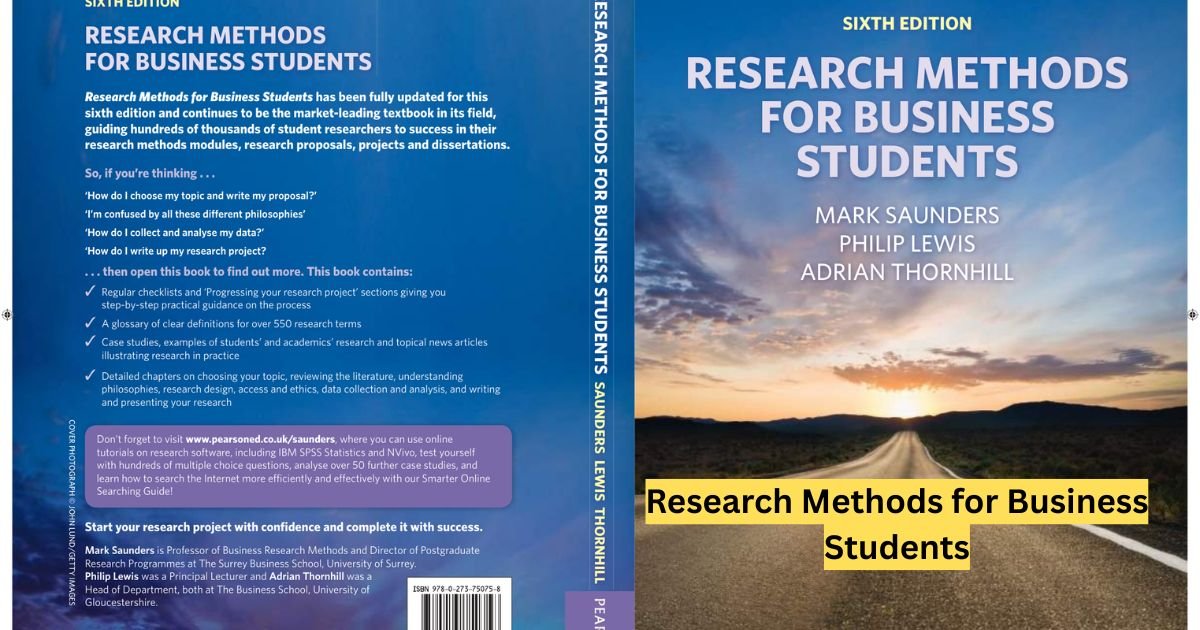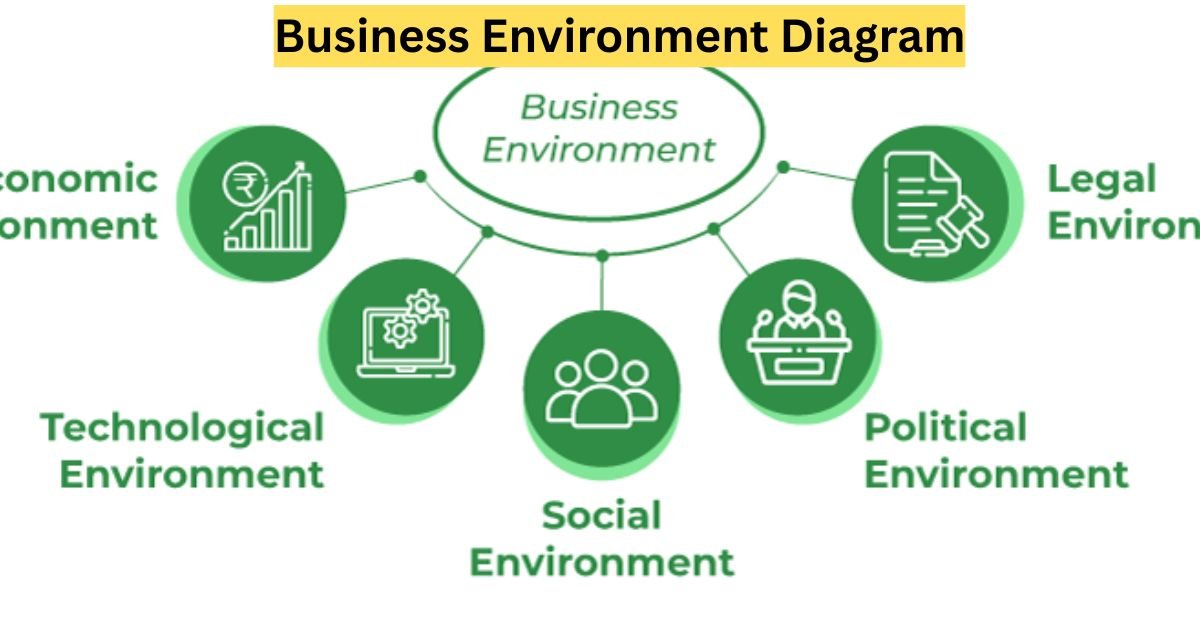Understanding research methods is crucial for business students aiming to make data-driven decisions in today’s competitive landscape. Whether you’re analyzing market trends, evaluating consumer behavior, or developing business strategies, mastering research methodologies empowers you to uncover actionable insights. This guide explores essential research methods for business students, offering practical tips, real-world examples, and data-driven insights to help you excel academically and professionally.
Why Are Research Methods Important for Business Students?
Research methods provide a structured approach to gathering, analyzing, and interpreting data. For business students, these skills are vital for solving complex problems, validating hypotheses, and making informed decisions. According to a 2023 study by the Journal of Business Research, 78% of successful business strategies rely on robust research methodologies.
By learning research methods, you can:
-
Identify market opportunities and consumer preferences.
-
Evaluate the feasibility of business ideas.
-
Support arguments with credible data in academic and professional settings.
Featured Snippet Answer: Why are research methods important for business students? They equip students with skills to gather and analyze data, make informed decisions, and develop effective business strategies.
Key Research Methods for Business Students
Business research encompasses various methodologies, each suited to different objectives. Below, we explore the most important research methods, their applications, and real-world examples.
Quantitative Research: Data-Driven Insights
Quantitative research focuses on numerical data and statistical analysis to identify patterns and trends. It’s ideal for measuring variables, testing hypotheses, and generating objective results.
-
Examples: Surveys, experiments, and financial data analysis.
-
Tools: SPSS, Excel, Tableau.
-
Real-World Application: A 2022 Starbucks case study used quantitative surveys to analyze customer satisfaction, revealing that 65% of customers valued faster service over personalized experiences.
Tip: Use closed-ended questions in surveys to collect measurable data. For instance, “On a scale of 1-10, how satisfied are you with our product?”
LSI Keywords: Statistical analysis, numerical data, business analytics.
Qualitative Research: Understanding Behaviors and Motivations
Qualitative research explores non-numerical data, such as opinions, motivations, and behaviors. It’s perfect for gaining in-depth insights into complex issues.
-
Examples: Interviews, focus groups, case studies.
-
Tools: NVivo, thematic analysis software.
-
Real-World Application: Nike’s 2021 campaign research involved focus groups to understand Gen Z’s preferences, leading to a 20% increase in targeted ad engagement.
Tip: Record and transcribe interviews to identify recurring themes. Use open-ended questions like, “What challenges do you face when choosing a product?”
LSI Keywords: Consumer behavior, thematic analysis, in-depth interviews.
Mixed-Methods Research: Combining Strengths
Mixed-methods research integrates quantitative and qualitative approaches for a holistic understanding. It’s useful when you need both statistical rigor and contextual insights.
-
Example: A retail chain might use surveys (quantitative) to measure customer satisfaction and interviews (qualitative) to explore reasons behind dissatisfaction.
-
Real-World Application: Amazon’s 2023 logistics study combined quantitative delivery time data with qualitative driver feedback to optimize its supply chain.
Tip: Start with quantitative data to identify trends, then use qualitative methods to explore underlying causes.
LSI Keywords: Hybrid research, integrated methodologies, business case studies.
How to Choose the Right Research Method?
Selecting the appropriate research method depends on your research question, objectives, and resources. Here’s a step-by-step guide:
-
Define Your Research Question: Is it exploratory (qualitative), confirmatory (quantitative), or both (mixed-methods)?
-
Consider Your Resources: Quantitative research often requires larger budgets for tools and sample sizes, while qualitative research is time-intensive.
-
Evaluate Data Needs: Do you need statistical proof or contextual understanding?
-
Align with Objectives: For market sizing, use quantitative methods; for brand perception, opt for qualitative.
Featured Snippet Answer: How do business students choose a research method? Define the research question, assess resources, evaluate data needs, and align with objectives.
Example: A student researching the viability of a new café might use surveys to estimate demand (quantitative) and focus groups to understand customer preferences (qualitative).
What Are the Steps in Conducting Business Research?
Effective business research follows a systematic process. Below is a table summarizing the key steps, their descriptions, and related keywords.
|
Step |
Description |
Keywords |
|---|---|---|
|
1. Identify the Problem |
Define the business issue or question (e.g., “Why are sales declining?”). |
Problem statement, research objectives |
|
2. Literature Review |
Review existing studies to understand the context and identify gaps. |
Academic sources, secondary research |
|
3. Choose Methodology |
Select quantitative, qualitative, or mixed-methods based on objectives. |
Research design, data collection methods |
|
4. Collect Data |
Gather primary (surveys, interviews) or secondary (reports, databases) data. |
Primary data, secondary data |
|
5. Analyze Data |
Use statistical tools or thematic analysis to interpret findings. |
Data analysis, business intelligence |
|
6. Present Findings |
Communicate results through reports, presentations, or visualizations. |
Data visualization, research reports |
Tip: Use free tools like Google Scholar for literature reviews and Canva for creating engaging data visualizations.
LSI Keywords: Research process, data interpretation, business problem-solving.
Common Challenges in Business Research (and How to Overcome Them)
Business research isn’t without hurdles. Here are common challenges and practical solutions:
-
Challenge: Limited access to data.
Solution: Leverage open-access databases like Statista or government reports.
Example: A student studying e-commerce trends used Statista to access free market data, saving time and costs. -
Challenge: Bias in data collection.
Solution: Use random sampling for surveys and ensure neutrality in interview questions.
Example: A 2024 study on workplace diversity avoided biased questions like “Do you prefer diverse teams?” and used neutral phrasing instead. -
Challenge: Time constraints.
Solution: Prioritize research objectives and use time-saving tools like Qualtrics for surveys.
Tip: Pilot test your research instruments (e.g., surveys) to identify and fix issues early.
LSI Keywords: Research challenges, data accuracy, sampling techniques.
Tools and Technologies for Business Research
Modern research relies on technology to streamline processes. Here are some tools business students should know:
-
SurveyMonkey/Qualtrics: For designing and distributing surveys.
-
NVivo: For qualitative data analysis, such as coding interview transcripts.
-
Tableau: For creating interactive data visualizations.
-
Google Analytics: For analyzing website or consumer behavior data.
Example: A student analyzing online retail trends used Google Analytics to track website traffic, identifying peak shopping hours for targeted marketing.
Tip: Start with free versions of these tools to build familiarity before investing in premium plans.
LSI Keywords: Research tools, data visualization software, business analytics platforms.
How Can Business Students Apply Research Methods in Real Life?
Research skills extend beyond academia. Here’s how business students can apply them:
-
Entrepreneurship: Validate business ideas through market research.
Example: A student launching a sustainable clothing brand used surveys to confirm demand for eco-friendly products, securing $10,000 in startup funding. -
Corporate Roles: Inform strategic decisions in marketing, finance, or operations.
Example: A marketing intern at Coca-Cola used focus groups to refine a new ad campaign, boosting engagement by 15%. -
Consulting: Solve client problems with evidence-based recommendations.
Example: A consulting student used mixed-methods research to help a retailer reduce churn, saving $50,000 annually.
Featured Snippet Answer: How do business students apply research methods? They use research to validate business ideas, inform corporate strategies, and solve client problems.
See Also: top10ideas.org
Conclusion
Research methods are the backbone of informed decision-making in business. By mastering quantitative, qualitative, and mixed-methods approaches, business students can uncover insights that drive success in academia and beyond. Whether you’re launching a startup, crafting a marketing strategy, or solving corporate challenges, these skills will set you apart.
Start small—practice with free tools, explore real-world case studies, and refine your research process. The more you experiment, the more confident you’ll become in turning data into actionable strategies.




